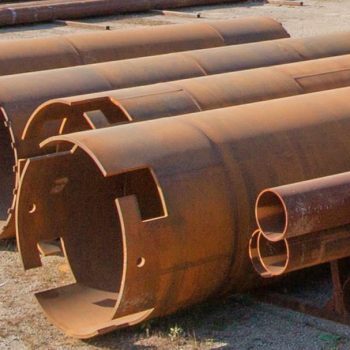General ENGINEERING
Civil Construction
- Excavation
- Grading
- Paving
- Underground construction
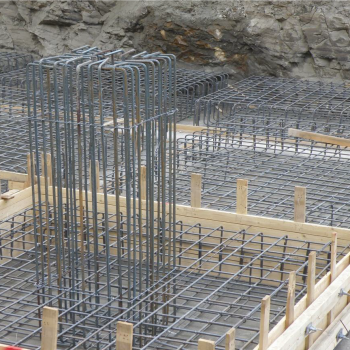
Railway
- On-the-ground rail
- Underground rail
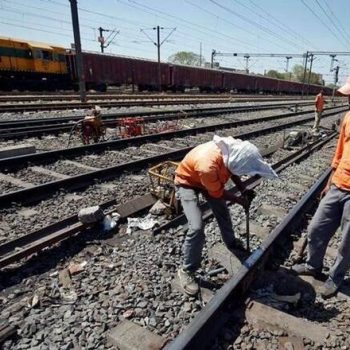
Utilities
- Underground water main pipeline
- Underground gas pipeline
- Over-ground oil pipeline
- Underground high-voltage cable
- Underground mid-voltage cable
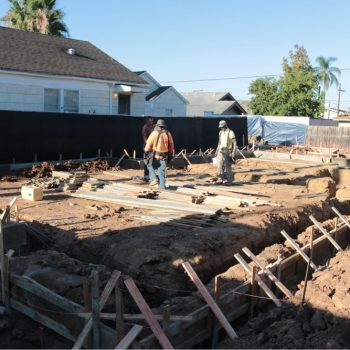
Bridge
There are five (5) main types of bridges:
- Girder bridges
- Arch bridges
- Cable-stayed bridges
- Rigid Frame Bridges
- Truss bridges

Shoring
Types of shoring:
Shoring is mostly utilized in:
- Aluminum hydraulic shoring
- Pneumatic shoring
- Aluminum pneumatic shoring
- Side rail shoring
Shoring is mostly utilized in:
- Trenches
- Building excavation
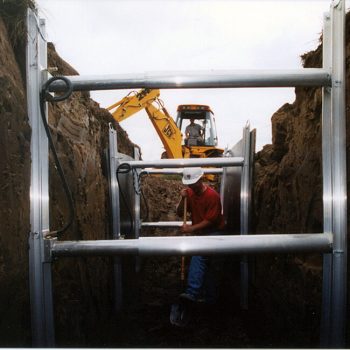
Tunneling
Three basic types of tunnel construction is in general use:
- Cut-and-cover tunnel: constructed in a shallow trench and then covered over.
- Bored tunnel: constructed in situ, without removing the ground above. They are usually of circular or horseshoe cross-section.
- Immersed tube tunnel: sunk into a body of water and laid on or buried just under its bed.
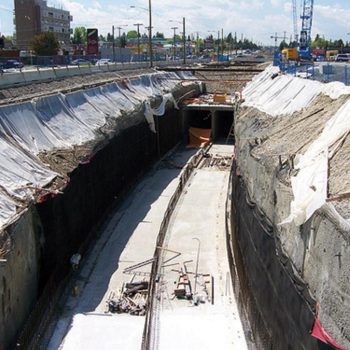
Road & Highway
- Roads can be classified for use by the public as parkways, avenues, freeways, interstates, highways, or primary, secondary, and tertiary local roads.
- Cloverleaf interchange is a two-level interchange in which left turns (reverse directions in left-driving regions) are handled by ramp roads. To go left (in right-hand traffic), vehicles first continue as one road passes over or under the other, then exit right onto a one-way three-fourths loop ramp (270°) and merge onto the intersecting road. The objective of a cloverleaf is to allow two highways to cross without the need for any traffic to be stopped by red lights, even for left and right turns. The limiting factor in the capacity of a cloverleaf interchange is traffic weaving.
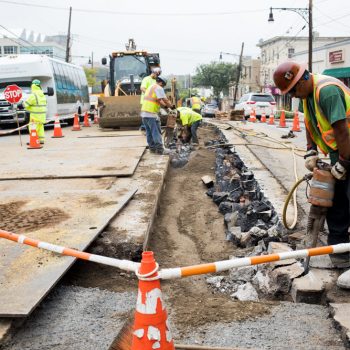
Caissons
Caissons are used for bridge piers, abutments in rivers and lakes, docks and wharves, break water and other shore protections works, large water front structures such as pump houses subjected to very heavy vertical and horizontal loads, and building foundation on steep slope, which generally are used for:
- Water front/within structures
- Building structures
